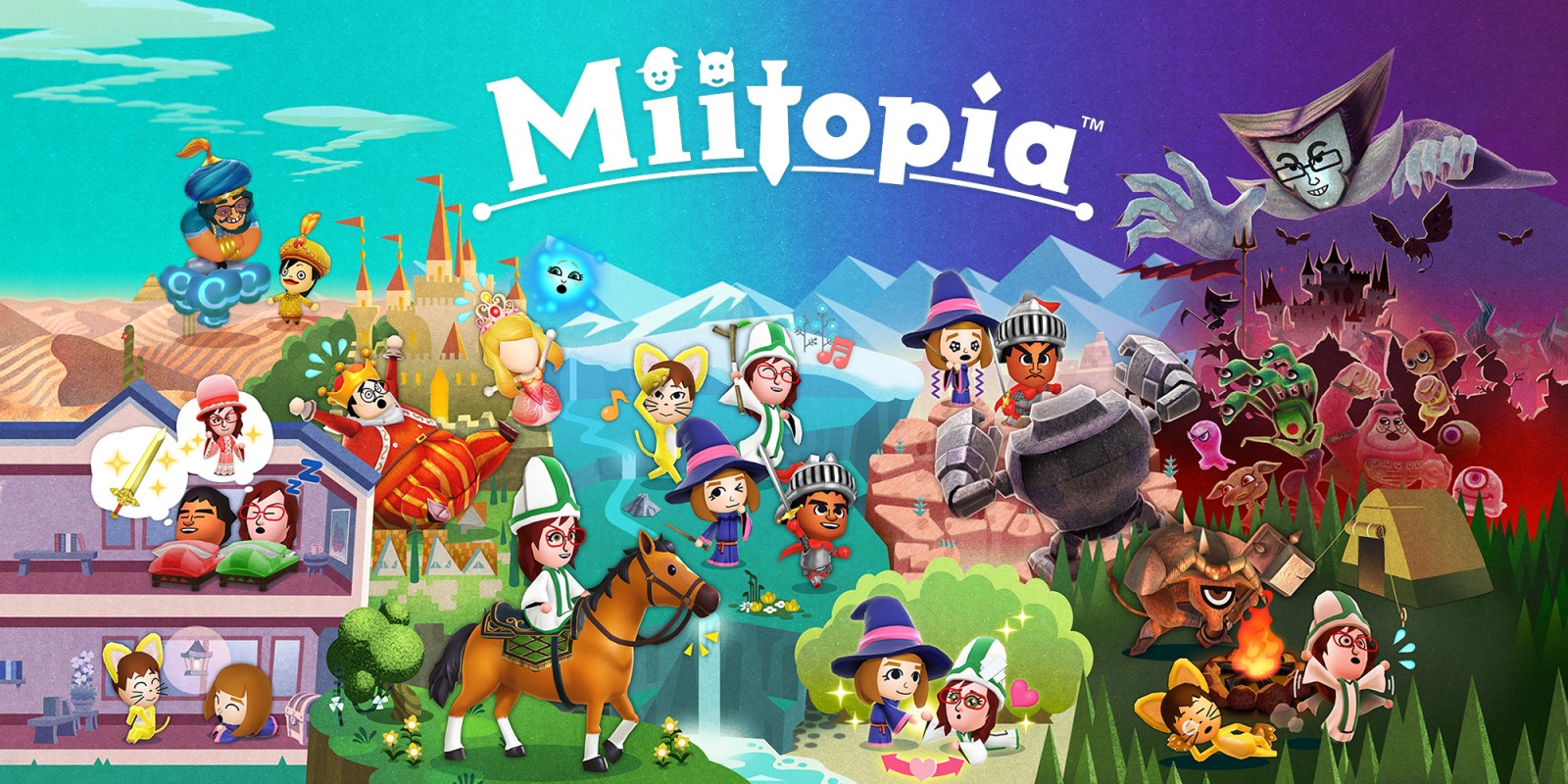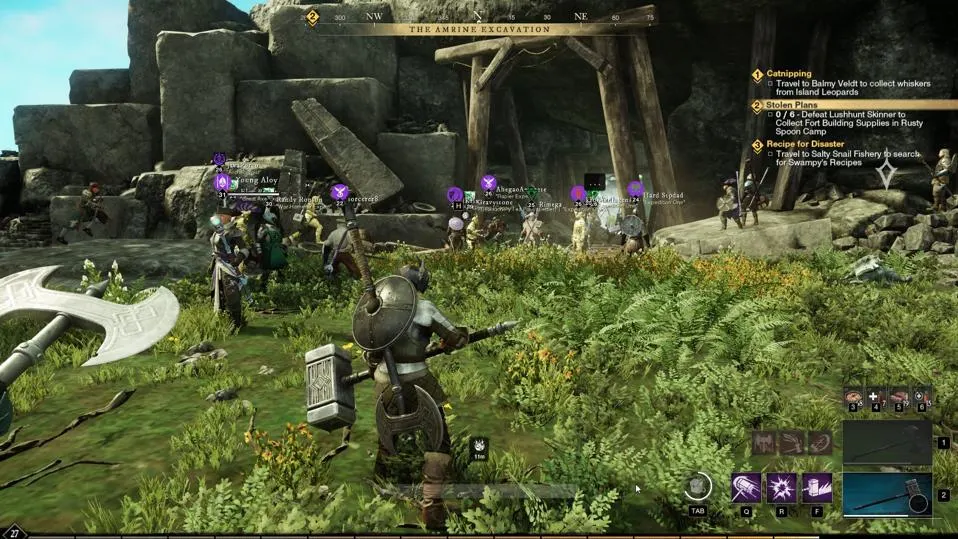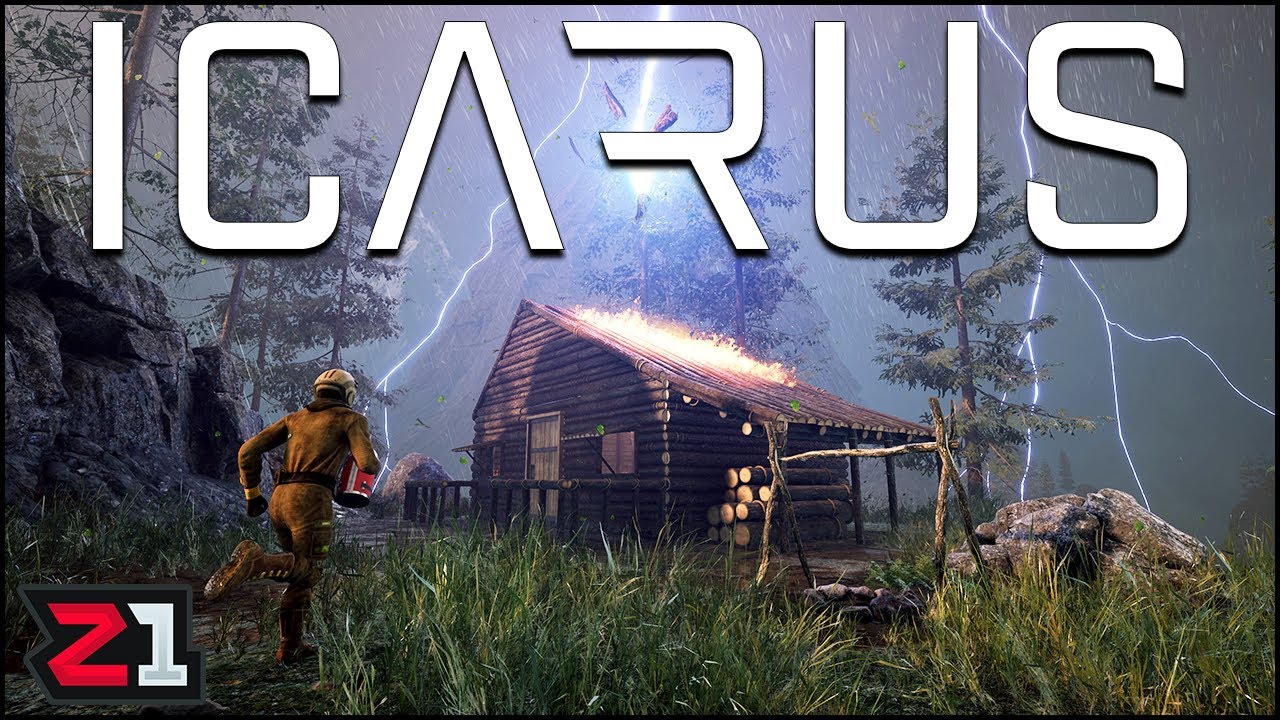Introduction
Blue Fire, developed by Robi Studios, is a captivating indie action-adventure game set in a dark and mysterious world. Released in February 2021, this game blends platforming, exploration, and combat in a beautifully crafted 3D environment. In this detailed review, we’ll explore the gameplay mechanics, story, visuals, audio design, and overall reception of Blue Fire. Whether you’re considering diving into Penumbra or just curious about its offerings, this article will provide a thorough overview.
Gameplay Mechanics
Platforming Challenges and Level Design
Blue Fire’s platforming elements are a core component of its gameplay. The game presents a series of intricate platforming challenges that demand precision and agility. Players navigate through a variety of environments, from crumbling ruins to expansive caverns, each filled with obstacles that require careful maneuvering. The platforming mechanics are reminiscent of classic 3D platformers but with a modern twist, offering a rewarding sense of accomplishment when overcoming difficult sections.
Combat System and Enemy Encounters
In addition to platforming, Blue Fire features a dynamic combat system. Players engage in fast-paced battles against a range of enemies, each with unique attack patterns and weaknesses. The combat mechanics are straightforward yet effective, allowing players to execute a mix of basic attacks and special abilities. The variety of enemies and challenging boss encounters keep the combat fresh and engaging throughout the game.
Exploration and World Building
Exploration plays a significant role in Blue Fire. The game’s world, Penumbra, is filled with hidden secrets, collectibles, and lore that enrich the overall experience. Players can discover various NPCs, side quests, and environmental storytelling elements that add depth to the game. The sense of discovery and exploration is enhanced by the intricate level design and the rewarding feeling of uncovering hidden areas and items.
Story and Narrative Elements
The World of Penumbra
The setting of Blue Fire, Penumbra, is a desolate and enigmatic world shrouded in darkness. The game’s lore is revealed gradually through environmental storytelling, NPC dialogues, and collectible items. The narrative focuses on the protagonist’s journey to uncover the mysteries of Penumbra and confront the darkness that plagues the land. The storytelling is immersive and engaging, drawing players into the game’s rich and mysterious universe.
Character Development and Dialogues
While Blue Fire’s primary focus is on gameplay, the character development and dialogues add depth to the story. The protagonist, along with various NPCs encountered throughout the game, have distinct personalities and backstories. The dialogues, though minimal, provide context and enhance the player’s connection to the world and its inhabitants. The character interactions contribute to the overall atmosphere and narrative of the game.
Visual and Art Design in Blue Fire
Art Style and Graphics
Blue Fire’s visual design is one of its standout features. The game employs a unique art style that combines dark, gothic elements with vibrant and detailed environments. The contrast between the shadowy world and the bright, colorful characters and objects creates a visually striking experience. The attention to detail in the level design and character models contributes to the game’s immersive atmosphere.
Animation and Visual Effects
The animation and visual effects in Blue Fire are well-executed, enhancing the overall gameplay experience. The fluid animations of the protagonist and enemies contribute to the game’s dynamic combat and platforming sequences. Additionally, the visual effects, such as lighting and particle effects, add to the game’s atmospheric and cinematic quality. Overall, the visual presentation of Blue Fire is impressive and contributes significantly to its appeal.
Sound Design and Music in Blue Fire
Musical Score and Soundtrack
The musical score of Blue Fire is an integral part of the game’s atmosphere. The soundtrack features a blend of haunting and energetic compositions that complement the various gameplay sections. The music enhances the emotional impact of the game, whether it’s during intense combat sequences or quiet exploration moments. The quality of the soundtrack contributes to the overall immersive experience of Blue Fire.
Sound Effects and Voice Acting
In addition to the music, the sound effects and voice acting in Blue Fire are noteworthy. The sound effects for combat, platforming, and environmental interactions are well-designed and add to the game’s overall polish. While Blue Fire does not feature extensive voice acting, the minimal dialogue is effectively delivered, contributing to the game’s narrative and character interactions.
Blue Fire Reception and Reviews
Critical Acclaim and Praise
Blue Fire has received generally positive reviews from critics and players alike. The game’s unique blend of platforming and exploration, coupled with its intriguing world and engaging combat, has been praised by many reviewers. Critics have highlighted the game’s challenging platforming sections, compelling visuals, and immersive atmosphere as key strengths. The overall reception has been favorable, with many praising Blue Fire for its innovative approach and captivating gameplay.
Areas of Criticism and Improvement
Despite the positive reception, Blue Fire is not without its criticisms. Some players and reviewers have noted issues with the game’s controls and occasional technical glitches. Additionally, while the narrative is engaging, some players feel that it could benefit from more in-depth storytelling and character development. These criticisms do not detract significantly from the overall experience but are worth considering for potential improvements in future updates or sequels.
Conclusion
Blue Fire is a standout indie game that offers a unique blend of platforming, exploration, and combat within a beautifully designed world. Its engaging gameplay, captivating visuals, and atmospheric soundtrack contribute to a memorable gaming experience. While it has some areas for improvement, such as controls and narrative depth, the overall reception has been positive, and it remains a recommended title for fans of action-adventure games. Whether you’re drawn to its challenging platforming or its mysterious world, Blue Fire is worth exploring for any avid gamer.
FAQ: Common Questions About Blue Fire
What Platforms Is Blue Fire Available On?
Blue Fire is available on multiple platforms, including PC (via Steam), Nintendo Switch, PlayStation 4, and Xbox One. The game can be enjoyed across a range of devices, allowing players to experience its world and gameplay on their preferred platform.
Is Blue Fire a Single-Player or Multiplayer Game?
Blue Fire is a single-player game, focusing on the player’s journey through the world of Penumbra. The game does not feature multiplayer modes, but its single-player experience offers a rich and immersive adventure.
How Long Does It Take to Complete Blue Fire?
The length of time required to complete Blue Fire varies depending on the player’s playstyle and approach. On average, players can expect to spend around 10 to 15 hours to complete the main storyline. However, exploring all the secrets and completing side quests may extend the gameplay duration.
Are There Any Major Updates or DLCs for Blue Fire?
As of now, Blue Fire does not have any major updates or downloadable content (DLC) beyond its initial release. However, the developers may release future updates or expansions, so it’s worth keeping an eye on official announcements for any new content.
Is Blue Fire Suitable for All Ages?
Blue Fire features a dark and mysterious world with some challenging gameplay elements. While it does not contain explicit content, the game’s atmosphere and difficulty may be more suited to older players. Parents should consider the game’s content and difficulty level when determining its suitability for younger audiences.



